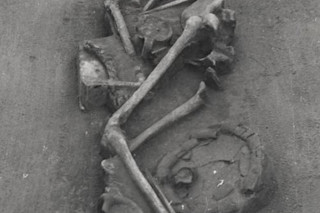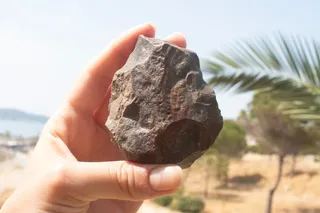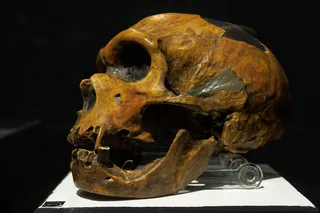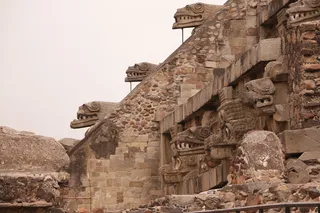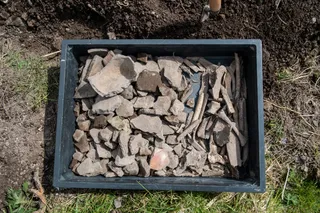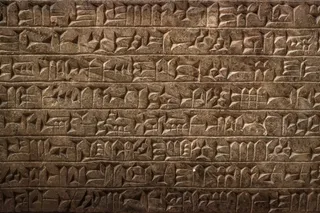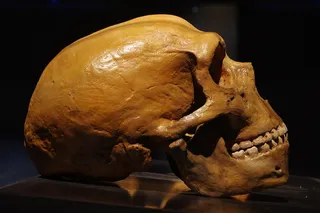Cemeteries are more than just places where we bury our dead. They can reveal important details about a location, like the lifestyle, diet, and subsistence strategies of societies.
A new multidisciplinary study, published in Scientific Reports, uses a Hungarian cemetery in Tiszafüred-Majoroshalom to identify a turning point in the Bronze Age history of Central Europe. By analyzing cemetery remains, researchers discovered that dietary changes occurring between the Middle and Late Bronze Ages disprove previously believed theories about early European cultures.
Read More: Bronze Age Bones Indicate Violent Death and Possible Cannibalism
Around 1500 B.C.E., the Middle Bronze Age began to transition into the Late Bronze Age. This transition brought significant changes in the societies of Central Europe, especially for the Tumulus culture — the most dominant material culture during this period.
A leading scientific belief about the Tumulus culture in Hungary was that this was a primarily pastoral group who ...



